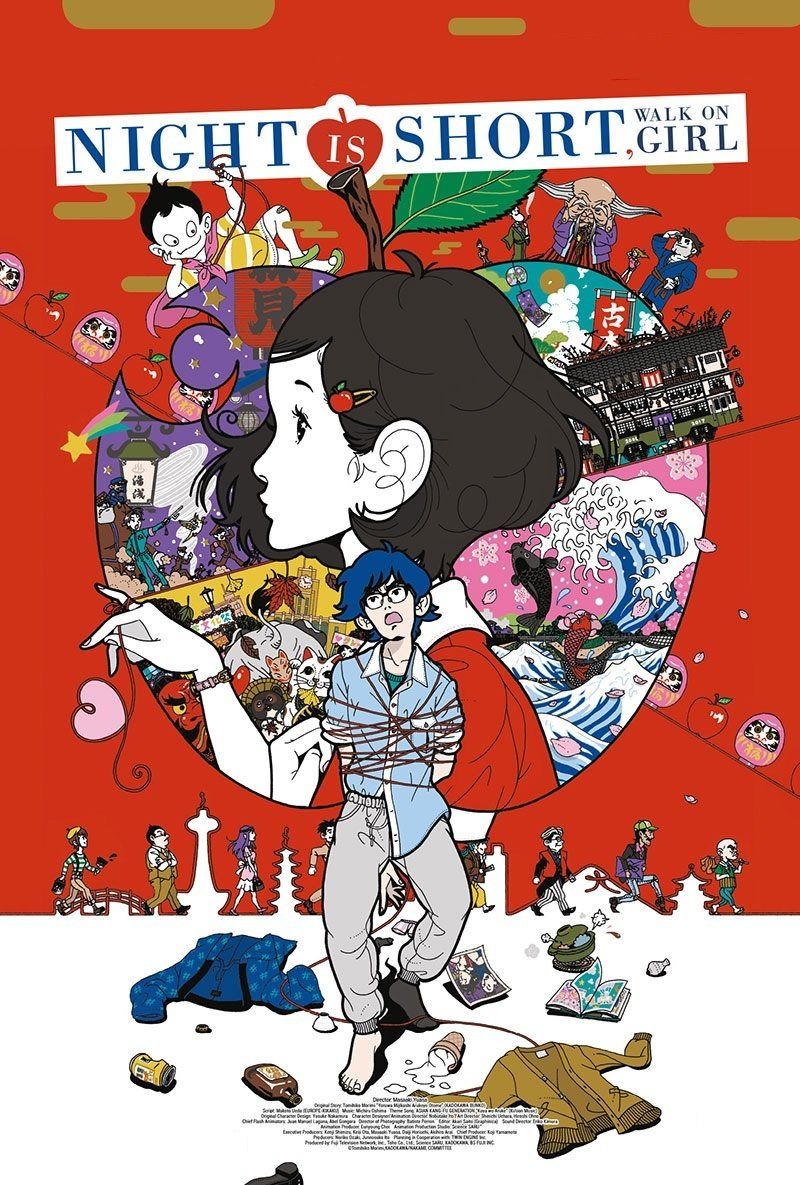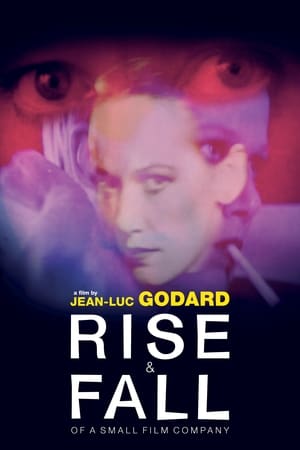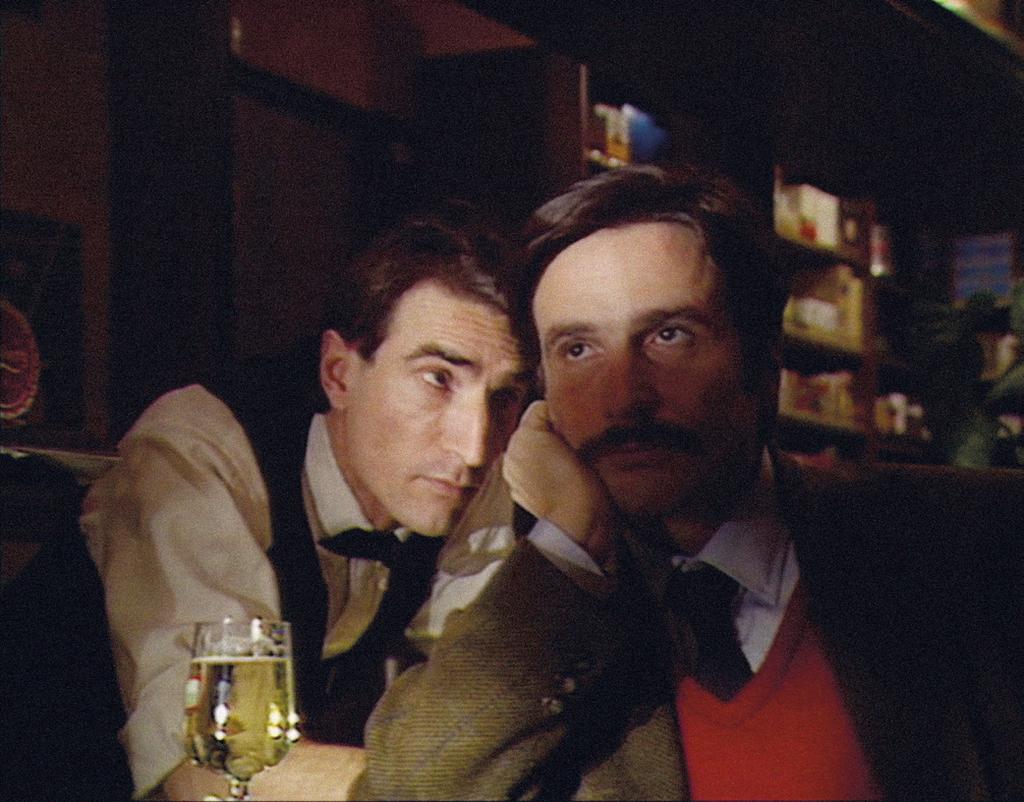 |
| From https://media.senscritique.com/media/000017621874/ source_big/Night_Is_Short_Walk_on_Girl.jpg |
Director: Masaaki Yuasa
Screenplay: Makoto Ueda
Based on a novel by Tomihiko
Morimi
(Voice) Cast: Kana Hanazawa as
The Girl with Black Hair; Gen Hoshino as Senpai; Hiroshi Kamiya as The School
Festival Executive Head; Ryuji Akiyama as The Underpants Leader; Kazuya Nakai
as Seitarō Higuchi; Yūko Kaida as Hanuki-san; Hiroyuki Yoshino as The God of
the Old Books Market
A 1000 Anime Crossover
 Synopsis: The Girl with Black Hair (Kana Hanazawa), on her night of finally becoming an adult as a
university student, goes on a drinking spree across the town on night. Senpai (Gen Hoshino), a fellow university
student in love with her and knows her well, decides to also finally make this
night the one where he woos her. Their night will be one including a rich
tyrant who steals men's underwear, the God of Second Hand Books, the war
between the School Festival Executive Head (Hiroshi
Kamiya) and guerrilla musical performances that he's trying to suppress
across the campus, and an ever increasing case of colds spread amongst the
populous.
Synopsis: The Girl with Black Hair (Kana Hanazawa), on her night of finally becoming an adult as a
university student, goes on a drinking spree across the town on night. Senpai (Gen Hoshino), a fellow university
student in love with her and knows her well, decides to also finally make this
night the one where he woos her. Their night will be one including a rich
tyrant who steals men's underwear, the God of Second Hand Books, the war
between the School Festival Executive Head (Hiroshi
Kamiya) and guerrilla musical performances that he's trying to suppress
across the campus, and an ever increasing case of colds spread amongst the
populous.
The trajectory of Masaaki Yuasa is a glorious victory for
the right man. Once he was a secret among anime fans, acclaimed for works like
his debut Mind Game (2004) but with
none of his work available in the West. A fan like me confesses to having been
provided bit torrent links to some of his work after, like the series Kaiba (2008), from a wonderful
benefactor for the simple reason that, inexplicably, that work wasn't available
and in some spots in his filmography still isn't. The Tatami Galaxy (2010) was for a long while the only work
available, which I'll get to later as its important in this particular tale.
Than within the time afterwards Yuasa
finally got some recognition. He got to direct an episode of Adventure Time, and slowly to the
current time we're getting his work even in the UK. In one of the strangest
success stories, which will hopefully lead to a new chapter in his career, he's
helming Devilman Crybaby (2018), an
acquisition for Netflix which,
whatever your opinion on the streaming site, did the world a big favour in
presenting Yuasa to a wider public,
aptly in another resurrection tale at the same time as, of all things, it was
an obscure Go Nagai character that,
barring a 70s children series, starred in ultraviolent and grotesque material.
 |
| From https://i.imgur.com/cU41JxE.png |
If that feels like an odd turn for some, in context Yuasa's always had an experimental bone in his body even in his choice of genres. He's dabbled in horror before in Kemonozume (2006), had in Mind Game existential drama play out in a throw-in-the-kitchen-sink mentality with a recreation of the Jonah and the Whale story, even made a TV series about ping pong. Somehow the man who once needed fan donations through a Kickstarter campaign to create projects managed to now have three directorial features made within this year or so - Devilman Crybaby itself, his family film about a mermaid, Lu Over the Wall (2017), and Night Is Short, Walk On Girl, effectively a sequel of the eleven episode long The Tatami Galaxy. This doesn't following the same main characters but set in the same world of author Tomihiko Morimi's story of before about university students and their lives. Side characters I loved from The Tatami Galaxy make an appearance again like old friends - Seitarō Higuchi (Kazuya Nakai) a modern day vagabond dressed like a period ronin and with a Robert Z'Dar approved chin, and his alcohol loving, big sister-like friend Hanuki-san (Yūko Kaida), who play major parts here as in The Tatami Galaxy. Even the "libido cowboy", who I forgot from the series, once a running gag with obvious connotations, returns in style and with a posse at the end, and a major voice actor from the series, Hiroyuki Yoshino, also makes an appearance as a character strangely similar in appearance to one from the show.
The leads, whilst looking the
same as those in The Tatami Galaxy,
are different figures however. A young woman with an iron stomach for alcohol
and only the desire to be nice to all people whilst enjoying her night as much
as possible in youthful, determined enthusiasm. The male, merely "Senpai",
could pose a problematic figure for some viewers as he gets up to some shady
means to win her heart, including when the School Festival Executive Head offers
him access to their illegal files on her, but as in The Tatami Galaxy the male protagonists in Tomihiko Morimi and Yuasa's
combined world are not perfect people. They take the entire narrative paths to
be anywhere near close to redeeming themselves. In The Tatami Galaxy said character had to endure a Groundhog's Day scenario, and even then
the ending suggested his self improvement included become more devilish in
personality, whilst Senpai here gets dragged (literally by a sentient book at
one point) through his doomed attempts to woo the Girl with Black Hair
throughout. In the end, including the hilarious sight of thousands of himself
at a conference in his mind arguing about love not existing, Yuasa's takes on
author Morimi's work really rubs the
nose in for anime (and even film) viewers perceptions about male characters
being perfect, noble individuals. They get up to some dumb, even sleazy goals
to win over the opposite sex, and its telling that the Girl with Black Hair at
one point, in an attempt to overcome his flaws and begin their romance, has to
sedate and flee thousands of his libidinous duplicates. Youthful, full of too
much spunk and dumber than bricks at times, very much a type of male lead in
these stories which won't win some fans of Night
Is Short... but is more honest.
 |
| From https://i0.wp.com/www.heyuguys.com/images/2017 /08/C5GnnE5VUAEc_q8.jpg?fit=1200%2C675&ssl=1 |
It helps that this is as much the Girl's film, where even if it might seem problematic that they eventually fall in love, it's with her not really changing herself, really sympathetic and lovable from beginning to end, but Senpai having sides of himself bashed out instead. Yuasa, alongside fully undermining the boundaries of what is reality, metaphor and the surreal, utterly making the ability to differentiate them a joke, has always been obsessed with very unconventional but more realistic takes of how human beings are and interact. He's comparable to the late Satoshi Kon for his blurring of reality, but his style (alongside being compared to Superflat) has the one distinct trademark in that, despite how bizarre and incredible his imagery is, it's entirely for the sake of character pieces about people. (Even his horror story Kemonozume ultimately was about characters who felt like actual adults, merely in a gory action horror tale where the lead is the leader of a clan who kill monsters and the love interest being one of those aforementioned monsters.) Likewise here, on the longest and maddest night of pub crawling, improvised illegal musicals, and stints at even more illegal rare book tents, where copies of rare texts can only be won by eating more violently hot food than the other patrons, it's about a guy learning to start thinking more meekly, more affably, whilst the girl whose already well balanced merely realised he was attracted to her.
The noticeable difference in the
age of the characters from most makes a breath of fresh air too. Anime suffers
from the normalcy of "anime high school" where, due to a variety of
factors such as a nostalgia for high school in contrast to modern Japanese
society, a fantasised version of high school (or secondary school) is to be
found in a lot of anime, hence why so many are about characters in their teens.
Here, these are young adults who drink, read books, piss about and stage
surprise musical performances in public, and the sense of change is rewarding.
That and its liberal take on magical realism, Yuasa's trademarks matched by material which gleefully
interconnects its segments with the utterly unnatural and strange gleefully.
More so in this case as a tale of the exhilaration of life in the littlest of
details. Far removed from any caution of drinking, it's a Bacchanalian parade
where the young and the old intermingle. The love of books. Love in general, as
a subplot reveals that the guerrilla musicals are all part of a scheme by a
character who is in love with a girl he met one day, refusing to take the
underwear he wore on said day off until then and using this illegal activity,
which mocks the authority, as his stage to finally confess his love. (In fact
the only real disappointment with Night
Is Short... is that it nearly looks like it's going down into an unexpected
gay romance at some point, and whilst its swerve from it is explained and never
comes a cop-out, it would've been great if that tangent had gone fully to the
hilt.)
 |
| From https://genkinahito.files.wordpress.com/2017/10/ the-night-is-short-walk-on-girl-film-image-4.jpg |
As with all of Yuasa's work, Night is Short looks incredible, even more surrealistic in a literal sense than someone like Satoshi Kon can be. It's fascinating how, when his clear themes over multiple genres is the important of human interaction and personality, its filtered through such sumptuous, unpredictable and openly weird stylistic choices. His tonal shifts over the years - sci-fi with Osamu Tezuka influence story and character designs in Kaiba, Kemonozume being adult horror in terms of its characters as well as sex and gore with even moments of Bill Plympton in the stylistic choices - have transformed stories like Night is Short into their own genres, a magical realist farce here where one can not only meet the God of Second Hand Books, a diminutive dwarf who pulls price tags of old books to liberate them, but can command them to fly like birds in the air when freed. There are moments of spectacle here more elaborate than in some action anime and, as with Yuasa's previous stories, even the fact the protagonists don't have proper names doesn't stop them and even a one scene character from having a personality or something strange about them, like one of the School Festival Executive Head's minions being a literal monkey riding a vacuum cleaner/Segway hybrid.
Abstract Spectrum: Expressionist/Magical Realism/Surreal/Weird
Abstract Rating (High/Medium/Low/None): High
Personal Opinion:
Since he has tackled the work of Tomihiko Morimi twice, the return to Night is Short does bring a nice
circular movement with eyes back to one of the more easily accessible works
when he was a cult figure. The growing status of Yuasa is wonderful, but its poignant he effectively made a sequel
to arguably the least conventional of all his work, a comedy-drama which
nonetheless decides to tell its story through the deliberately strange, one
where the sense of white and black morality for its protagonists is greyed but
everyone is still part of a madcap farce, not serious and intense drama. Night is Short is a very odd love
story, which boldly shows the worst aspects of people but also that they can
still be good people deserving a happy ending. All in a film that has romance,
fantasy, supernatural figures, gangsters, and even musical numbers about the School
Festival Executive Head sneaking into the women's bathroom. A film that works
more having seen The Tatami Galaxy,
preparing you for it, but by itself is still glorious to witness.
 |
| From https://1.bp.blogspot.com/-_MScbd3ptAo/WdDJkEYwLII/AAAAAAAAODg/ GR1PCzj-om8TlKuY6jdZVzPH0IpeMj_-ACLcBGAs/s1600/night_sAp_0877.jpg |











